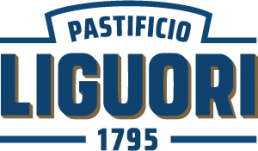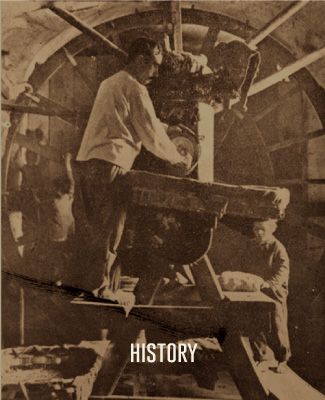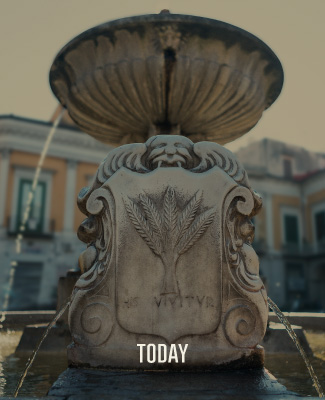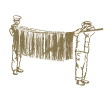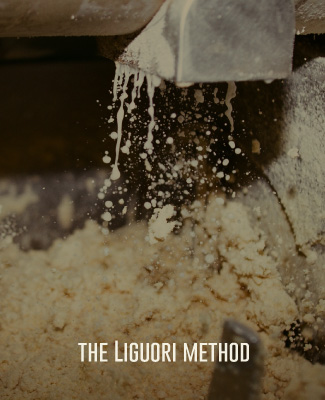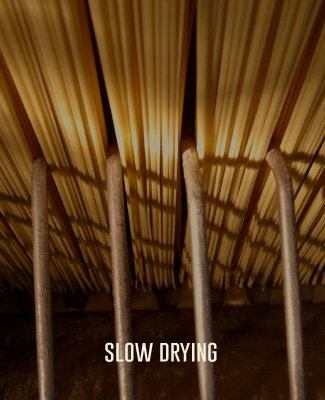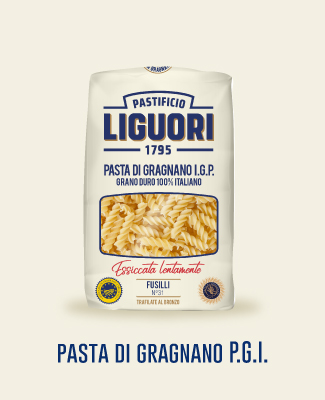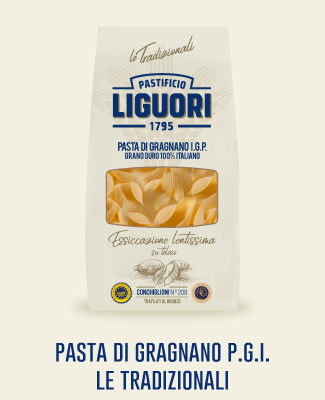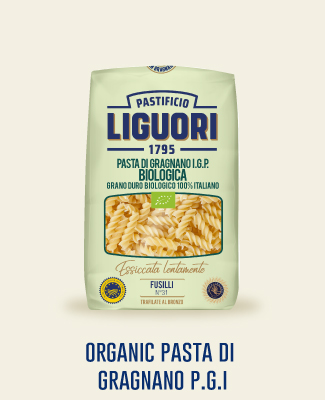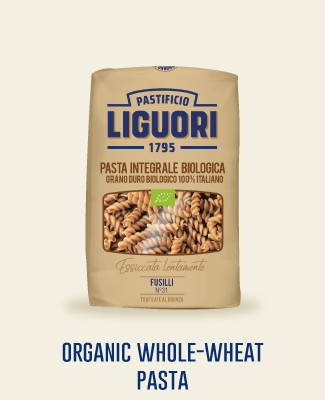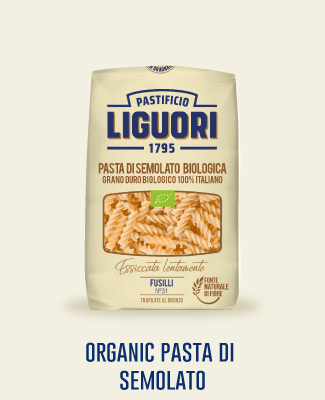The reason we’re “the first” since two centuries
The history of the city of Gragnano has always been closely linked to that of pasta. In this relationship that has lasted for centuries, at the end of the 18th century, we meet the Pastificio Liguori which almost becomes the symbol of the good pasta produced in Gragnano and its rich and fascinating tradition.
On August 16, 1795, the Council of the Municipality of Gragnano granted Gaetano Liguori the right to manufacture and sell good quality macaroni with the obligation of keeping a shop open for the convenience of the citizens. It was an artisan production not yet mechanized. The concession was for a consideration of 60 ducats, to be paid into the municipal funds, but it gave the right to directly fine those who abusively practiced the art of the macaroni maker.
IIn the early 1800s, the Council of the Municipality liberalised the possibility of making pasta for all citizens of Gragnano, given the crisis in other production sectors such as the manufacture of cloths and the destruction of silk activities, following an epidemic that hit the worms. Another pillar of Gragnano’s economy was represented since the 13th century by the milling of cereals, with numerous mills using the power of the spring water of the Monti Lattari basin. The people of Gragnano were therefore well acquainted with the various semolina and flours, and chose the most suitable ones to offer a high quality pasta..
Documents handed down by the Liguori family identify the foundation of a macaroni factory in 1820. In the 1900’s, Pastificio Liguori combined its name with this year of foundation. On July 12, 1845, among the personalities who welcomed the Bourbon king Ferdinand II on a visit to the city, we find Giuseppe Liguori. After visiting Gragnano and listening to a solemn mass in the monumental church of del Corpus Domini, the king visited the pasta factories and tasted the pasta. He was enthusiastic about it and granted the Liguori pasta factory in Gragnano the privilege of supplying pasta for the royal residence of Quisisana,where he spent his summer holidays with his entire court. During that day, the king walked accompanied by 40 knights along Corso Sancho, now Via Roma, which had just been transformed to allow the pasta to be dried outdoors. The Liguori long pasta factory was right in the middle of that road, perfectly aligned with the East-West axis to take full advantage of the breezes that came from the sea (located just 3 kilometers) and the Lattari mountains, breezes that alternated during the day, allowing the pasta to dry slowly.
